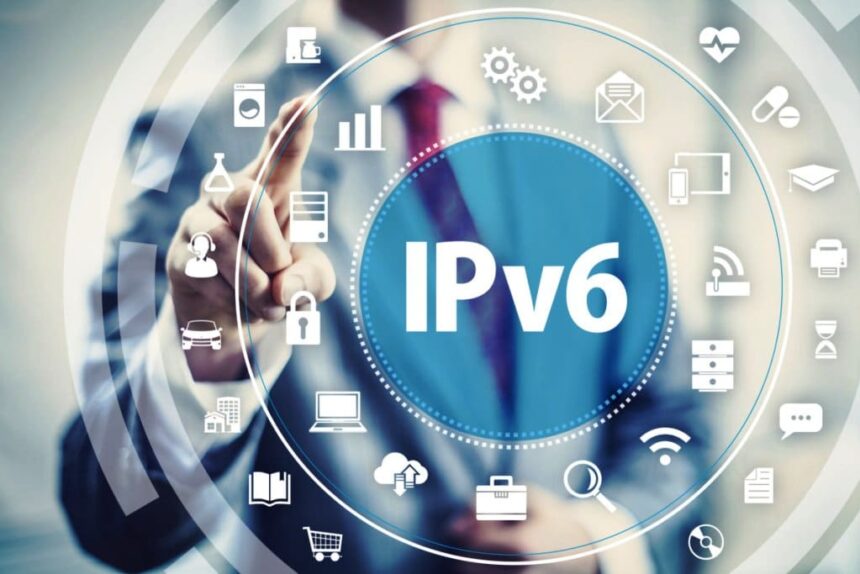There is an obvious sign that the worldwide supply of IPv4 addresses is reaching a critical level. As the number of devices online increases, the demand for IP addresses increases, and IPv4 can’t provide enough addresses to encourage this development. The selection of IPv6 advances the dramatic development of the Internet by conveying 340 undecillion addresses, compared to the 3.7 billion given by IPv4.
To keep encouraging the monetary development and opportunity given by the Internet, we are at a point where quick selection of IPv6 is important to support that development.
RIPE is the Regional Internet Registry for Europe, the Middle East, and Central Asia. As referenced over, this RIR (Regional Internet Registry) is responsible for relegating the domains regions’ IP addresses. They are presently in cost of conveying the IPv4 addresses they use to administrators and companies, however, today, they have run out of new IP addresses. The IPv4 addresses are progressively uncommon.
RIPE’s IPv4 address reservations have been depleted
In 2016 allocated all IP4 addresses to relegated all IPv4 addresses, and in July 2019 it was declared that there was presently a long holding up rundown and least tasks of 256 locations all at once (full squares/24). Today, RIPE has reported that it has no more addresses to access.
Regardless of whether they have run out of addresses, RIPE says they will keep on recuperating IPv4 addresses later on from associations that have shut, or from networks that have returned addresses they presently don’t utilize. will appoint these addresses to give these addresses to those on the holding up list.
Notwithstanding, despite the fact that they desire to offer them for some time (at least a year or 18 months), these locations are insufficient for the interest of millions of addresses that they have. Furthermore, only Local Internet Registrars (LIRs) that have not obtained IPv4 locations of any size will want to demand new locations and just get a block of 256 locations.
The RIPE has made another segment to show a diagram of the LIRs on the holding list to get recuperated IPv4 addresses, in which you can see the seriousness of the matter: at this moment, the RIPE doesn’t have IP addresses to allocate to those companies on the holding list. All new IPv4 addresses that are new from this point forward will have been utilized at least once by another organization or administrator.
Ready calls out for the leap to IPv6
The answer for this issue is basic: go to IPv6. In any case, administrators have not yet made the stride in practically any country, and where just 23.7% of the 1,000 most visited sites are IPv6 compatible. The answer for rolling out the improvement is basic: use DS-Lite, a sort of CG-NAT where many PCs are assigned under a similar outside IP to access IPv4 networks and benefits, and the rest that access directly through IPv6 inconsistent services and sites like 192.168.1.1
Ready attests that CG-NAT has made it conceivable to mitigate the impacts of the deficiency fairly, however, that doesn’t quite conceal the extreme issue that the Internet is confronting. It would not be peculiar that later on, administrators would need to turn to CG-NAT because of the lack or to give a switch that gives us all IPv6 addresses on the double.
The need to upgrade to version 6 (IPv6)
The need to upgrade the form of the protocol used to address the Internet (IP protocol) from the current version 4 to version 6 fundamentally builds the addressing space.
The slow version movement is causing the location space to be depleted at max throttle. Obtaining IPv4 addresses has been progressively troublesome lately, as both ARIN and the rest of the Regional Registries (RIRs) have changed their allocation approaches and techniques. So, where can a user get an IPv4?
On the marketplaces, obviously. Financial specialists have been anticipating the development of marketplaces for IPv4 addresses for quite a while.
From a financial perspective, the presence of a marketplace for IPv4 addresses appears to be an undeniable end. In any case, from a mechanical perspective, this current market’s development is as yet not all that evident. In any case, today, for the individuals who are troublesome and costly to acquire IPv4 addresses, it is for enormous Internet suppliers (ISPs) since it is still generally simple and modest for end-users to get these addresses.
For these enormous companies, it is a lot simpler and more ideal to productively utilize the location ranges they have than to purchase new fields (either in the authority market or in the public marketplaces), for instance, through innovations like NAT.
IPXO will be the better answer for any individual who needs to monetize IPv4. It will be dispatched in mid-April this year!
Assuming you are an IPv4 address proprietor and need to monetize IPv4, looking on irregular marketplaces is certainly not a savvy decision. There will be another more secure route for that, utilizing the IP marketplace given by the IPO.
With this Marketplace, you’ll be ready to:
– Choose the ideal rent cost and scale your income.
– Rent out your IPv4 addresses to limit the danger of being boycotted.
– Maintain your security during the monetizing cycle.
– Sign the LOA Assignment Documents without any problem.
With the coming IPXO, you’ll just need three necessary steps: import subnets with LOA or ROA, set your costs (subnet costs), and begin bringing in cash. Straightforward. Will control you, will manage you! The IPXO user support will ensure that each merchant gets reasonable outcomes.
With IPXO, you will know all the pay you get from monetizing your IPv4 addresses. There will be a safe pre-enlistment measure, which fundamentally diminishes the danger of being boycotted.
So, is moving to IPv6 required? Indeed! Is looking at some irregular marketplaces the best arrangement? Not! Better utilize IPXO’s marketplace! Simply sit tight for the launch date.














